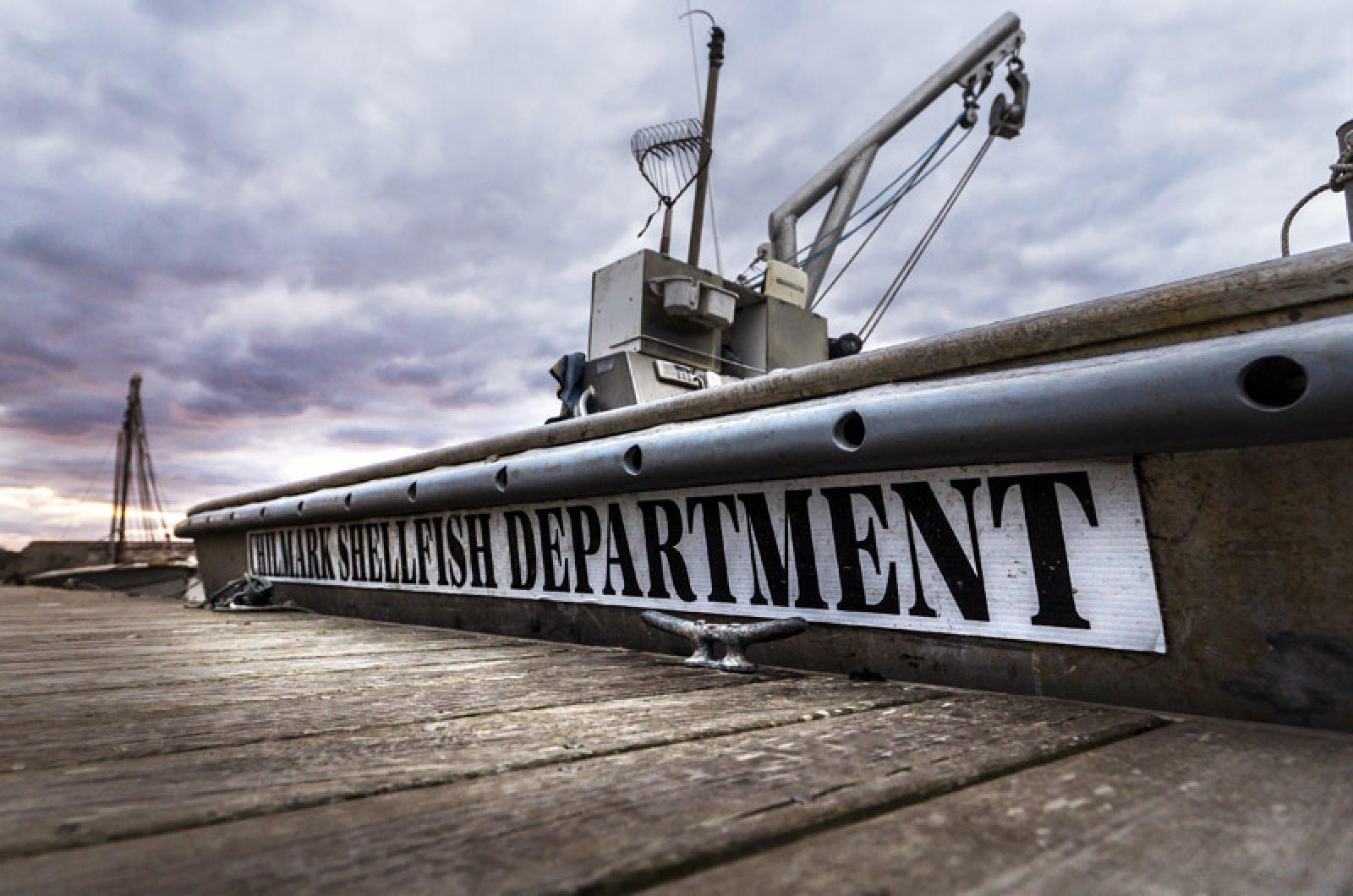A state-ordered shellfish closure covering the Cape and Islands has been lifted, the state Division of Marine Fisheries announced Monday. The toxic shellfish bloom that caused the closure has dissipated, the DMF said.
“We got the call from the state mid to late morning,” Oak Bluffs shellfish constable David Grunden confirmed.
Initially ordered for the Buzzards Bay area early this month, the closure was quickly extended to all areas south of Cape Cod, including the Vineyard, Nantucket and Gosnold.
The reason was a bloom of the diatom Psuedonitzchia. The plankton concentrates in the gut of shellfish and causes amnesiac shellfish poisoning, a severe form of gastrointestinal illness.
Only bay scalloping was exempt from the closure.
Mr. Grunden said the state has been monitoring both the density of the diatom in the water as well as collecting meat samples from the shellfish. “The levels were down enough, they made the decision this morning to open it,” he said.
He said the closure wasn’t a hardship on most of the commercial fishermen because scalloping remained open. Recreational fishermen wanted to fish for oysters and quahaugs but understood why they couldn’t, he said.
Oyster farmers around the Island saw their business abruptly shut down.
The cause of the bloom was unknown and the closure was the first in memory from this type of algae. Mr. Grunden said errant algae blooms have been occurring with more frequency on the Island in recent years. The algae is commonly found in Vineyard waters in small numbers, he said. This year environmental factors were just right for it and the population exploded, he added.
The state will continue to test for the algae, he said.
Meanwhile, for the first time this fall, oysters will be available for harvest in the Oak Bluffs side of Sengekontacket Pond, part of a joint aquaculture project between Edgartown and Oak Bluffs.
Mr. Grunden said about 189,000 oysters are ready for harvest in the pond.







Comments
Comment policy »